The Fourth of July is Coronado’s premiere celebration. Our community does a great job of showing patriotism with flags and buntings. So why not add some red, white and blue to your garden, too. Pots and flowers can add quick color, but you can also show your patriotic spirit year-round by incorporating red, white and blue plants into your landscaping.
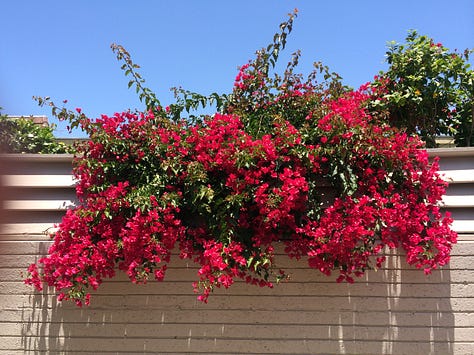
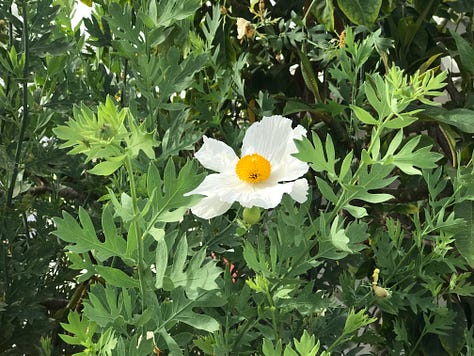
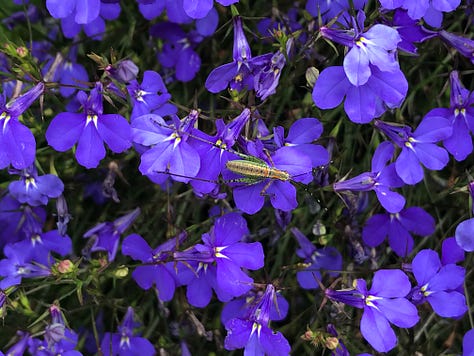
To get ready for Independence Day, look around your yard. Do you already have plants with red, white or blue flowers? If you have one or two of these colors in your yard, round out your palette with potted plants. For a short-term solution, your local nursery will provide inspiration and plants that are blooming and ready for the holiday.
For a more subtle year-round look, add silver or gray plants to your garden. They can be a stunning alternative to white flowers adding a softness to the color palette. Dusty miller, artemisia and lambs’ ear are all readily available and easy to grow. Succulents can be found in beautiful silvery colors. Look for silver varieties of cotyledons, crassula, kalanchoes.
My garden planning always considers water usage, native plants and plants for pollinators.
Drought-tolerant plants are water-wise but that doesn’t mean your garden will be dry and desert-like. Salvias, such as Mexican sage, rosemary and lavender varieties add blue hues to the garden, looking lush without being too thirsty.
Agapanthus blooms look like fireworks in blue or white. Gaura, which can be red or white, lends a lightness to the garden with its wispy branches. With these plants, bees, butterflies and birds will all be happy to hang out in your garden.
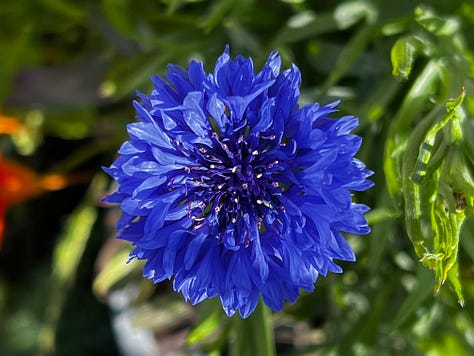
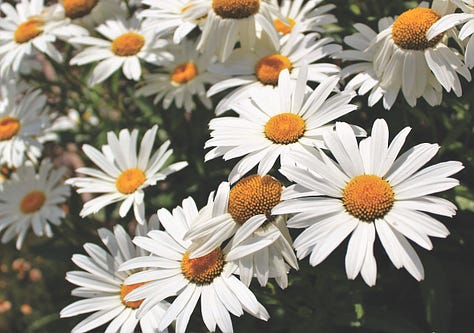
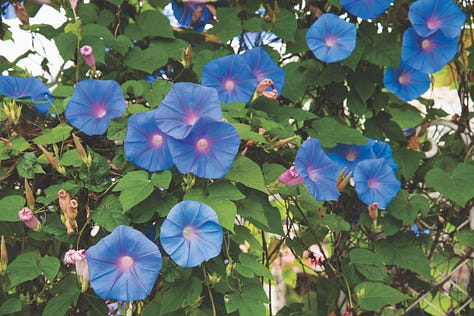
Native plants are the best option for birds and pollinators in our region. They are water-wise once established, but many native plants go dormant and die back during the year. Good native options are Cleveland sage and coastal rockroses that grow well in our coastal planting zone. White Matilija poppies and blue California lilacs, also known as ceanothus, bring height to your landscape.
With a strong structure of water-wise plants in your yard, you can designate small areas for plants that need more water and care. Blue delphiniums, bachelor buttons and lobelia, red or white impatiens and cosmos and petunias, which come in all three colors, need a little more TLC but provide a lot of color.
If you want to cover a wall or pergola, consider bougainvillea, which comes in red and white, climbing white and red roses or a blue morning glory vine. Keep in mind these can get big and out of hand if not tended to regularly.
If your inner farmer wants to grow food that follows a patriotic theme, consider apples, pomegranates, blueberries and pineapple sage, which has a beautiful red flower. We live in a zone that doesn’t get very cold in the winter, so it’s imperative to buy fruit varieties that don’t need frost to produce. Local nurseries can help you choose the varieties that grow best in our climate.
To round out your landscaping and provide some accents, consider big pot of red and white dahlias or red peppers.
Now that the weather is warming up, make sure your plants are sufficiently watered. Plants that dry out too much will be stressed and easy targets for pesky bugs like aphids and whiteflies. Mulching helps insulate the ground, keeping soil moist and temperate, protecting shallow roots.
Water plants in the morning before the sun gets too strong. That way they’ll be dry before nightfall, which helps prevent disease. Native plants are acclimated to wet winters and dry summers, so keep that in mind when you are planting so they are not near plants that have higher water needs. Drought-tolerant and native plants love to be washed off occasionally in the early morning if it’s arid outside.
Container plants will need to be watered more frequently since they dry out quicker. Watering three times a week should be sufficient, but when the weather gets really hot, you may have to water daily. It depends on the size and type of soil in your pot. If your container plant is getting enough water and still looking stressed, the pot is probably heating up and damaging the root system. Providing some shade for the container should resolve the problem.
Besides, watering, there’s not a lot of work to be done in the garden in July. So sit back and enjoy the pollinators and celebrate the holiday in your yard.
Happy Fourth of July!
This article is in partnership with Coronado Magazine/Coronado Eagle-Journal
Leslie Crawford is editor and co-founder of Coronado 365 and a UCCE-certified Master Gardener.




